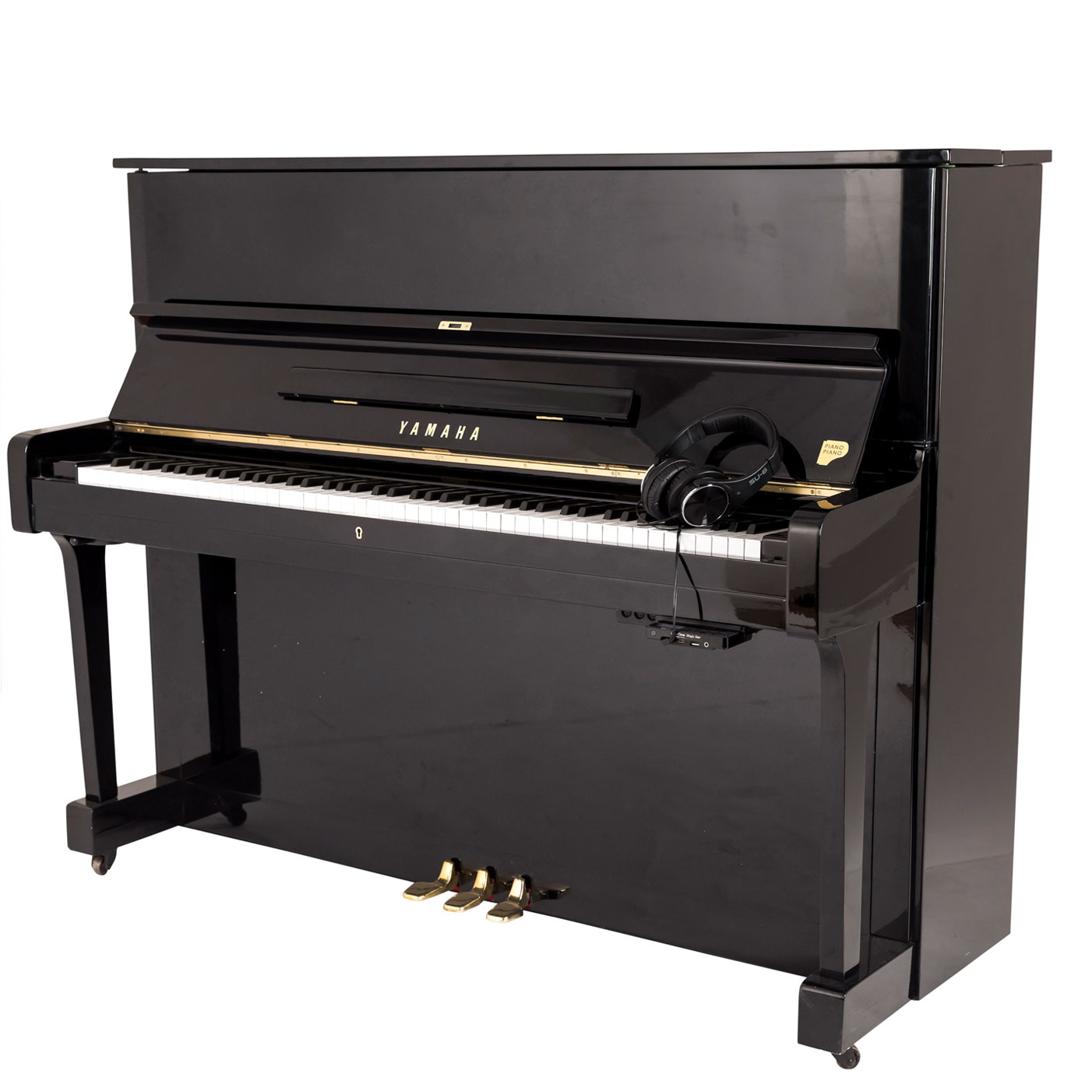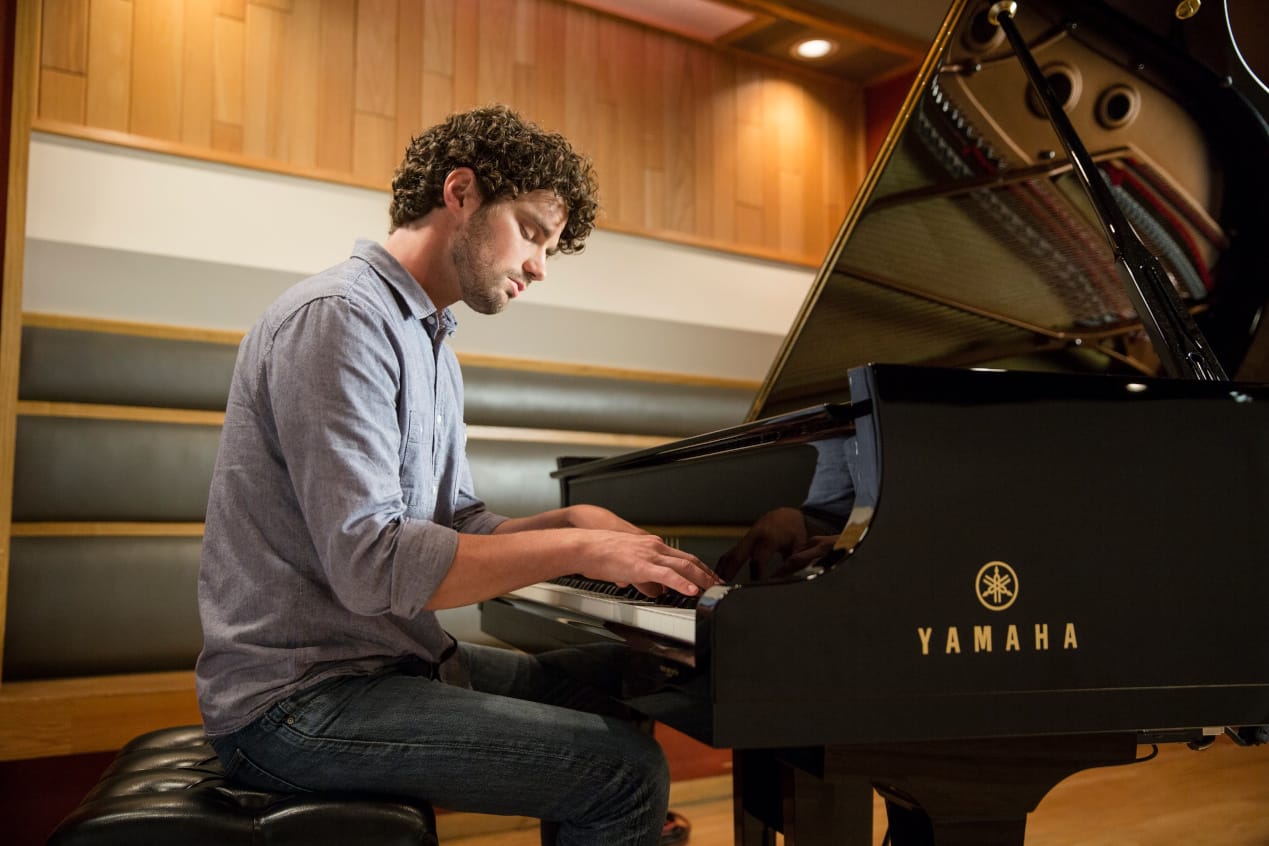Do you know who to thank for the beautiful music that comes out of a piano? Sure, we all know how iconic this instrument is in the world of music, but do you really know its origins? I have always been curious about the history behind it. As a pianist myself, playing this magnificent instrument has brought so much joy and wonder into my life. So I delved into some research (and yes, maybe some hours of practice as well) to find out exactly who developed the piano and how it became the beloved instrument it is today.
In this article, we will travel back in time and explore the fascinating beginnings of the piano. From its humble beginnings as a simple harpsichord to becoming one of the most widely used instruments in modern times, we’ll learn about its evolution and key players along the way. We’ll also uncover some interesting fun facts that may surprise you! Join me on this journey through history as we discover just who developed the piano and why they deserve our utmost gratitude. Let’s get started!
So, who developed the piano?
The piano, as we know it today, was developed by Bartolomeo Cristofori in the early 1700s. He was an Italian instrument maker who worked for the Medici family in Florence, Italy.
Cristofori’s invention of the piano came from his desire to create an instrument that could produce a softer and louder sound than the harpsichord. The harpsichord could only produce one volume level, whereas Cristofori’s new instrument had a mechanism that allowed for varying levels of loudness depending on how hard the keys were pressed.
Interestingly enough, Cristofori called his invention “gravicembalo col piano e forte” which translates to “harpsichord with soft and loud.” Over time, this name was shortened to just “piano.”
Another fun fact about the development of the piano is that it took several decades for it to gain popularity. Many musicians at first preferred using traditional instruments like harpsichords and clavichords. It wasn’t until famous composers such as Johann Sebastian Bach and Wolfgang Amadeus Mozart began composing pieces specifically for the piano that its popularity grew.
Today, pianos are widely used in various genres of music and have undergone many changes and improvements since their original design by Cristofori. They continue to be a beloved instrument enjoyed by people all over the world.
The Invention of the Piano: The Role of Bartolomeo Cristofori
Bartolomeo Cristofori, an Italian maker of musical instruments, is the genius we credit for inventing the piano. Before this magnanimous invention that revolutionized music and birthed a new era of compositions, Cristofori was renowned for his expertise in making harpsichords. The dawn of the 18th century saw him employed by Ferdinando de’ Medici, Prince of Tuscany – a man known far and wide for his creative passion which may have sparked the inspiration needed to create something as phenomenal as the piano.
The Role he played in creating this iconic instrument isn’t just about putting together keys and strings; there’s so much more depth to it. His ingenuity shined brightly through
- In devising a new mechanical action that allowed players to control the volume by varying their touch.
- In developing what we now know as hammer action – striking instead of plucking strings to produce sound – giving rise to dynamic contrast which was unattainable with previous keyboard instruments.
With these innovative features, Bartolomeo didn’t merely create another instrument; he breathed life into an art form that would forever change how music sounded. It’s awe-inspiring how one brilliant mind such as Bartolomeo Cristofori could shape centuries-worth of music cultures and traditions with his remarkable invention called ‘gravicembalo col piano e forte’ – early name meaning ‘harpsichord able to play at normal and loud volumes’, marking a significant milestone in music history.
The Evolution of the Piano: From Harpsichord to Grand Piano
The creation of the piano is a story of evolution that spans centuries, starting with the invention of an instrument called the harpsichord. Invented around 1400, this precursor to the piano had strings plucked by quills whenever a key was pressed. This mechanism produced beautiful sounds but lacked one critical feature: dynamic control. No matter how gently or forcefully you played a note on the harpsichord, it always sounded at exactly equal volume. Musicians yearned for an instrument that could express both whispering softness and thunderous drama in their compositions.
Enter Bartolomeo Cristofori. Around 1700, this Italian instrument maker introduced his revolutionary creation – gravicèmbalo col piano e forte, or ‘harpsichord with loud and soft’. This new instrument had hammers instead of quills which hit its strings when keys were pressed. The harder you struck a key, the louder its corresponding sound — thus allowing players to vary their volumes depending on how they played.
- The square piano was brought into existence around 1760.
- The upright piano followed shortly after in about 1805.
- The grand pianos we know today evolved over time from these earlier models!
Today’s modern grand pianos are advanced instruments capable of incredible sound variation and intensity thanks to ongoing enhancements made since Cristofori’s time.
Piano design continues to evolve as manufacturers strive for even greater levels of performance perfection.
 Important Figures in Enhancing and Popularizing the Piano
Important Figures in Enhancing and Popularizing the Piano
Read also: when was piano invented
Notable Innovations in Piano Development
Notable Innovations in Piano Development
From its humble beginnings as a stringed instrument, the piano has seen enormous advancements over centuries of evolution. In its earliest form known as the clavichord, it created rather delicate sounds that could hardly fill a room. However, one defining breakthrough came with Bartolomeo Cristofori’s invention in the early 18th century – he called it ‘gravicembalo col piano e forte’, which translates to harpsichord with soft and loud. What made this so innovative was not just its ability to produce notes of varying volume at a player’s discretion but also the hammer mechanism that replaced plucking with striking strings.
The 19th century saw another significant leap in piano development when an Englishman named John Broadwood expanded on Cristofori’s design, making pianos both louder and more robustly built. This meant they could withstand the energetic playing styles becoming popular during what we now know as the Romantic era of music. Then there were further enhancements:
- The introduction of cast-iron frames: This innovation by Jonas Chickering in 1843 provided increased strength and tuning stability.
- Invention of cross-stringing: Thanks to Henry Steinway Jr., who introduced this technique in 1859, pianos have richer tones due to overlapping placement of strings at differing angles.
- Inclusion of agraffes: These guided strings more precisely through their points-of-contact on sounding boards ensuring higher precision sound transmission.
Innovations like these made our modern-day grand and upright pianos possible – instruments capable of powerful resonance yet subtle expressiveness; perfect for solos or symphony accompaniments alike.
Important Figures in Enhancing and Popularizing the Piano
Pianos… they’re beautiful, elegant and offer a wide range of notes that can stir the soul. They’ve become an essential instrument in various music genres because of important figures who not only enhanced their design but also popularized them through their impressive performances.
One such figure is Bartolomeo Cristofori. He was an Italian craftsman who played a pivotal role in enhancing the piano by inventing it around 1700. Before his invention, musicians relied on harpsichords and clavichords which had limitations in playing dynamics. The genius of Cristofori was to develop a mechanism where hammers struck the strings when keys were pressed and instantly returned without remaining in contact with the string, allowing for better control over volume depending on how hard or soft you hit the keys.
In terms of popularizing this beautiful instrument, we cannot forget about Ludwig van Beethoven. His powerful compositions demonstrated the vast potential of pianos like never before. He took advantage of its dynamic range to express strong emotions – firey passion one moment, heart-wrenching sorrow the next.
- Für Elise, one his most famous pieces known for its simple yet touching melody.
- Moonlight Sonata, showcasing deep melancholy contrasted with intense drama.
His work has inspired countless individuals to take up piano playing as well as composers to push its musical boundaries further.
In conclusion, behind every lovely tune produced by a piano lies years worth tradition improved upon by many significant figures along history’s timeline.
You may also like: boston vs yamaha piano
Fun Facts About the Development of the Piano
The piano, a beloved instrument worldwide, has an intriguing history that’s as harmonious as the melodies it produces. Its development story begins in the early 18th century with Bartolomeo Cristofori of Italy. This talented inventor remained unsatisfied by existing keyboard instruments like the harpsichord, which couldn’t vary volume based on how hard its keys were struck. Therefore, he set out to devise an innovative solution: gravicembalo col piano e forte or the “harpsichord with loud and soft,” which we’ve shortened over centuries to simply “piano.”
In its earliest form, this groundbreaking instrument had only 49 keys – significantly less than our modern pianos – which spanned four octaves from C2 to C6. The strings were made of brass rather than steel alloy used today and struck by leather-covered hammers instead of felt ones.
Following are some key points:
- The square grand piano was introduced in London by Zumpe & Buntebart in 1760.
- Around 1777, Englishman John Broadwood developed a more robust design capable of delivering increased volume.
- In Vienna during the late-18th and early-19th centuries, Nannette Streicher further refined Broadwood’s construction techniques.
By then end of the nineteenth century, after many iterations and technological advancements (iron frames for greater string tension! Overstrung scales for fuller sound!), our beloved black-and-white masterpiece finally blossomed into its present-day form – a true symphony within itself!
Conclusion: Appreciating the Pivotal Roles Behind Developing the Piano
In the world of music, few instruments hold as much power and versatility as the piano. Its keys have produced some of the most beautiful melodies ever composed, a testament to both its inherit musicality and the genius minds who developed it. Our appreciation for this instrument extends beyond merely enjoying its melodic output, but also recognizing those vital individuals who put forth their creative intellect into crafting such an instrument.
Let’s take a moment to appreciate those key figures:
- Bartolomeo Cristofori – Often credited as the father of the piano, he took what existed before him (the clavichord and harpsichord), improved upon them by creating an action mechanism that allowed for dynamic playing; a feature we now consider integral in our modern pianos.
- Sebastian Erard – He introduced significant improvements in piano technology during his time. His double escapement action model helped musicians achieve quicker key recovery times.
- Ignaz Pleyel: This Austrian-born French composer contributed greatly by simplifying Erard’s complex designs making pianos more accessible.
Moreover, one cannot discuss piano development without acknowledging how innovations in industrial production transformed its manufacture at every step. The emergence of iron-frame construction made way for stronger soundboards capable of bearing heavier string tension. Iterative progress from dedicated craftsmen brought about changes so gradually yet so profoundly that they forever changed people’s perceptions towards this magnificent instrument.
Without these unsung heroes’ contributions,
would Beethoven’s Moonlight Sonata or Chopin’s Nocturnes evoke such emotion? Each note played on our pianos echoes not only with sound but resounding gratitude towards these pioneers whose relentless pursuit for perfection shaped what we know today as ‘The Piano’.

